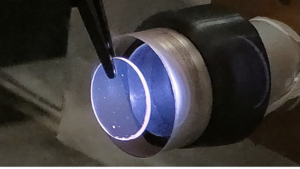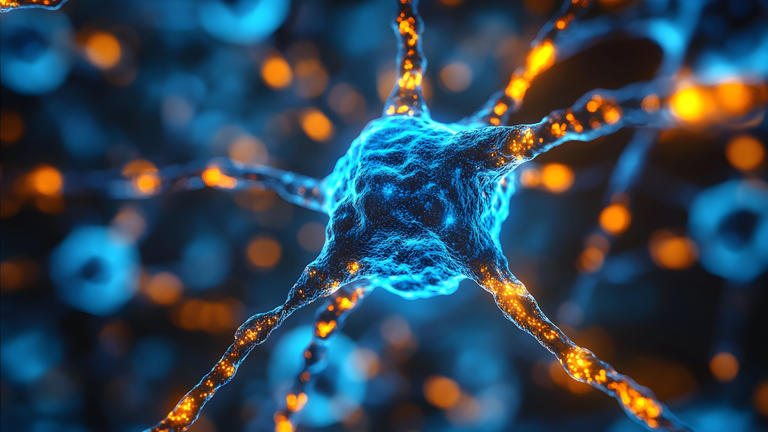Terabytes of data in a millimeter crystal: New technique can transform microelectronics
Researchers at the University of Chicago Pritzker School of Molecular Engineering have developed a method to store data using crystal defects as ones and zeroes, each the size of an individual atom.
UChicago PME Assistant Professor Tian Zhong explained that each memory cell is created from a single missing atom, or defect. This approach allows terabytes of data to be packed into a small cube of material just a millimeter in size, shows the research published in Nanophotonics.
Quantum methods revolutionize classical computing
The innovation showcases UChicago PME’s interdisciplinary approach by applying quantum techniques to transform classical, non-quantum computers. It repurposes research originally focused on radiation dosimeters – devices typically used to measure radiation exposure for hospital workers – into revolutionary microelectronic memory storage.
According to first author Leonardo França, a postdoctoral researcher in Zhong’s lab, they integrated solid-state physics used in radiation dosimetry with research focused on quantum science, even though their work is not purely quantum. This interdisciplinary approach enabled the development of groundbreaking microelectronic memory storage.
The researcher further adds that their work bridges quantum and optical data storage, meeting the need for better quantum systems and improved classical memory storage. The research began during França’s Ph.D. studies at the University of São Paulo in Brazil, where he focused on radiation dosimeters – devices that passively monitor radiation exposure for workers in hospitals, synchrotrons, and other radiation facilities. These materials can absorb radiation and store the exposure information for a specific period.
CLICK FOR FULL ARTICLE






